.webp)
A Guide to ADU Solar Requirements in California
Table of Contents
The sun not only graces the skies but also plays a pivotal role in shaping the way homes are designed and powered in the vast canvas of California living. From the sleek simplicity of prefab ADUs to the sturdy charm of manufactured homes in California, Californians are weaving sustainability into the very fabric of their living spaces. Join us on a journey where we not only unravel the solar secrets behind these housing marvels but also decipher the nuances of California ADU law, illuminating the path towards a brighter and more eco-conscious future.
Navigating the Solar Mandate for New ADUs in California
California has implemented a mandate requiring newly constructed, non-manufactured, detached accessory dwelling units (ADUs) to install solar panels. This requirement applies to ADUs of all sizes, regardless of whether they are built on the same lot as an existing single-family home or on a separate parcel of land.
The purpose of this mandate is to encourage the adoption of solar energy for these secondary housing units, thereby reducing their reliance on conventional electricity sources and promoting a more sustainable approach to housing development. The specific solar capacity required for an ADU depends on several factors, including the size and location of the unit, as well as its projected electrical usage.
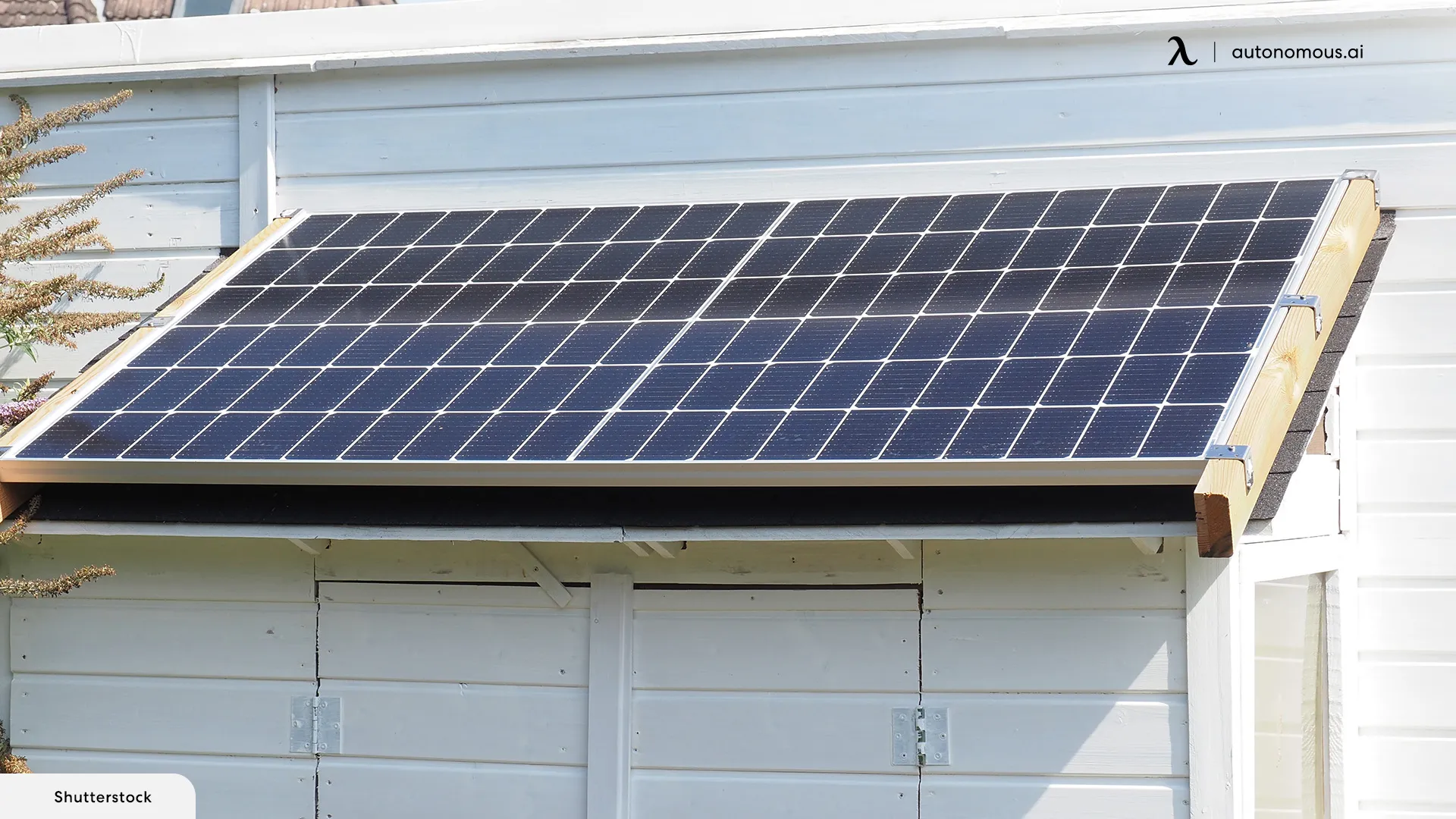
Determining Solar Capacity Requirements for ADUs
To determine the minimum solar capacity required for an ADU, a formula is used that takes into account the unit's conditioned floor area (CFA), its climate zone, the number of dwelling units in the structure, and the type of dwelling unit. The formula is as follows:
kW (PV)required = (CFA x A)/1000 + (NDwell x B)
Where:
- CFA is the conditioned floor area of the ADU in square feet
- A is a factor that varies depending on the climate zone of the ADU
- NDwell is the number of dwelling units in the structure
- B is a factor that varies depending on the type of dwelling unit
By using this formula, local authorities can determine the appropriate solar capacity for each ADU project, ensuring that the unit generates enough solar power to offset a significant portion of its electricity consumption.
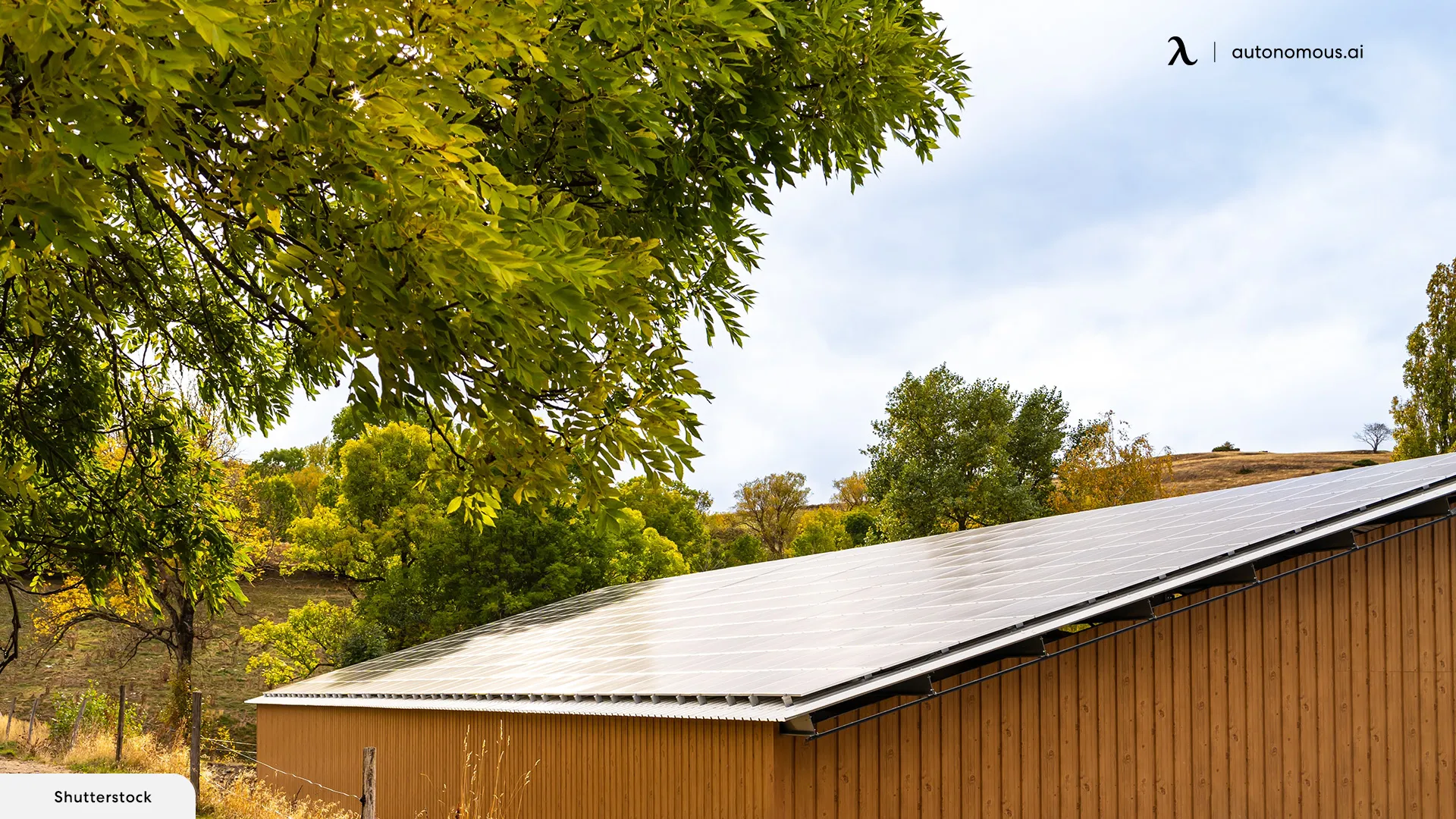
Exemptions to the Solar Mandate
While the solar mandate applies to a broad range of ADU projects, certain exceptions may apply under specific conditions. These exemptions include:
- Manufactured ADUs: Prefabricated ADUs, also known as manufactured homes, are exempt from the California solar requirement. This is because a different set of standards regulates manufactured homes than site-built ADUs.
- ADU additions and conversions: If you are adding an ADU to an existing single-family home or converting an existing structure into an ADU, you are not required to install solar panels. However, if the ADU is being built as a completely new structure, the ADU solar requirement in California applies.
- Small ADUs: ADUs that are less than 800 square feet in size may be exempt from the solar requirement if they meet certain shading restrictions. This exemption is based on the assumption that smaller ADUs are less likely to have sufficient roof space for solar panels.
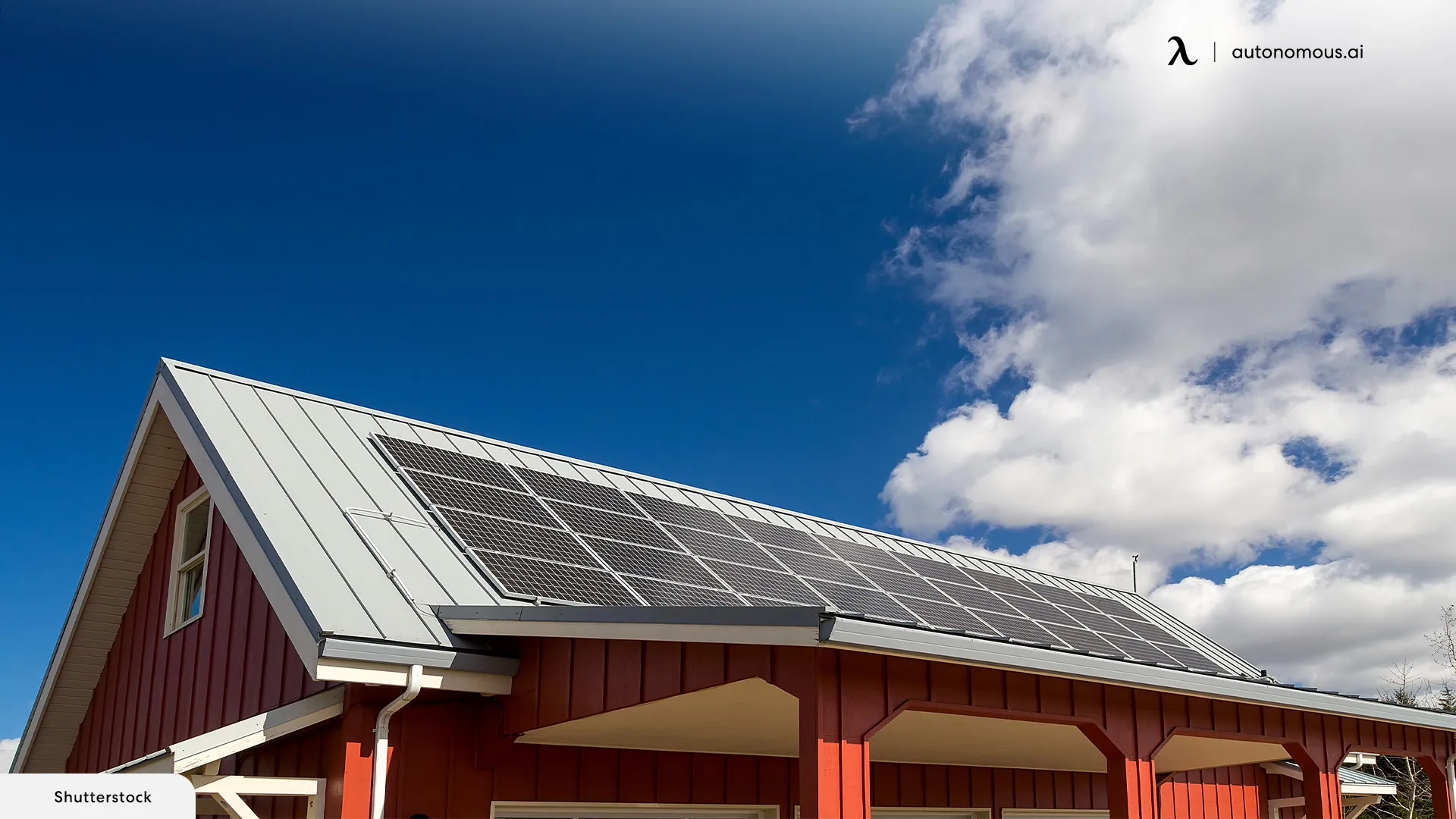
Benefits of Installing Solar Panels on ADUs
Installing solar panels on your ADU offers several advantages:
- Reduced electricity bills: Solar panels can significantly lower or even eliminate your ADU's electricity bills, saving you money in the long run.
- Increased property value: Studies show that ADUs with solar panels tend to have higher resale values than those without solar panels.
- Reduced environmental impact: Solar power is a clean and renewable energy source that helps reduce greenhouse gas emissions and contributes to a more sustainable future.
By installing solar panels on your ADU, you can enjoy these significant benefits while also contributing to a more sustainable future.
For those looking to comply with California’s solar mandate for ADUs (Accessory Dwelling Units), the WorkPod Solar is a seamless, ready-made solution that simplifies the process. Its integrated solar energy system not only meets the mandate but offers additional benefits that make it a standout choice.
- Comprehensive Solar Integration: WorkPod Solar includes pre-installed solar panels, a high-capacity battery (10.2kWh), and an inverter, eliminating the complexity of selecting and installing solar equipment.
- Cost Efficiency: By using renewable energy, you can save on electricity bills while potentially qualifying for tax incentives.
- Quick Compliance: As a prefab unit, WorkPod Solar is ready to meet California’s solar requirements out of the box, making it an ideal choice for those looking to save time and effort.
- Sustainability: Its efficient use of renewable energy reduces your carbon footprint, helping you contribute to California’s ambitious environmental goals.
WorkPod Solar isn’t just about meeting legal requirements—it’s a lifestyle upgrade. With built-in insulation and soundproofing, it’s perfect for creating a quiet, energy-efficient workspace, studio, or retreat in your backyard.
Considerations for ADU Solar Installation
Before installing solar panels on an ADU, it’s essential to evaluate several factors to ensure a cost-effective and efficient setup.
The cost of solar installation can be significant upfront, but long-term energy savings and increased property value often make it a worthwhile investment. If you're budgeting for an ADU project, reviewing how much it costs to build an ADU in California can help determine if solar fits within your overall expenses.
Roof suitability is another key factor. Your ADU’s roof must be large enough and positioned correctly to receive adequate sunlight. If you're considering a prefab ADU in Southern California, ensure the roof design supports solar panel installation.
Permits and regulations vary by location. In Long Beach, check the ADU permit requirements in Long Beach, while those in Riverside County and San Bernardino County should verify the ADU regulations in Riverside County and San Bernardino ADU requirements. Additionally, understanding California ADU setback requirements ensures compliance with local laws.
Before installation, assess your ADU’s electrical capacity to support solar energy. Reviewing the electrical requirements for ADUs in California can help determine if your unit requires upgrades. If you're designing an outdoor workspace, consider an outdoor office in California for a flexible, solar-ready setup.
Additionally, be aware of ADU size limitations to ensure your solar setup aligns with the building footprint. Checking ADU size limits in California will help you plan accordingly.
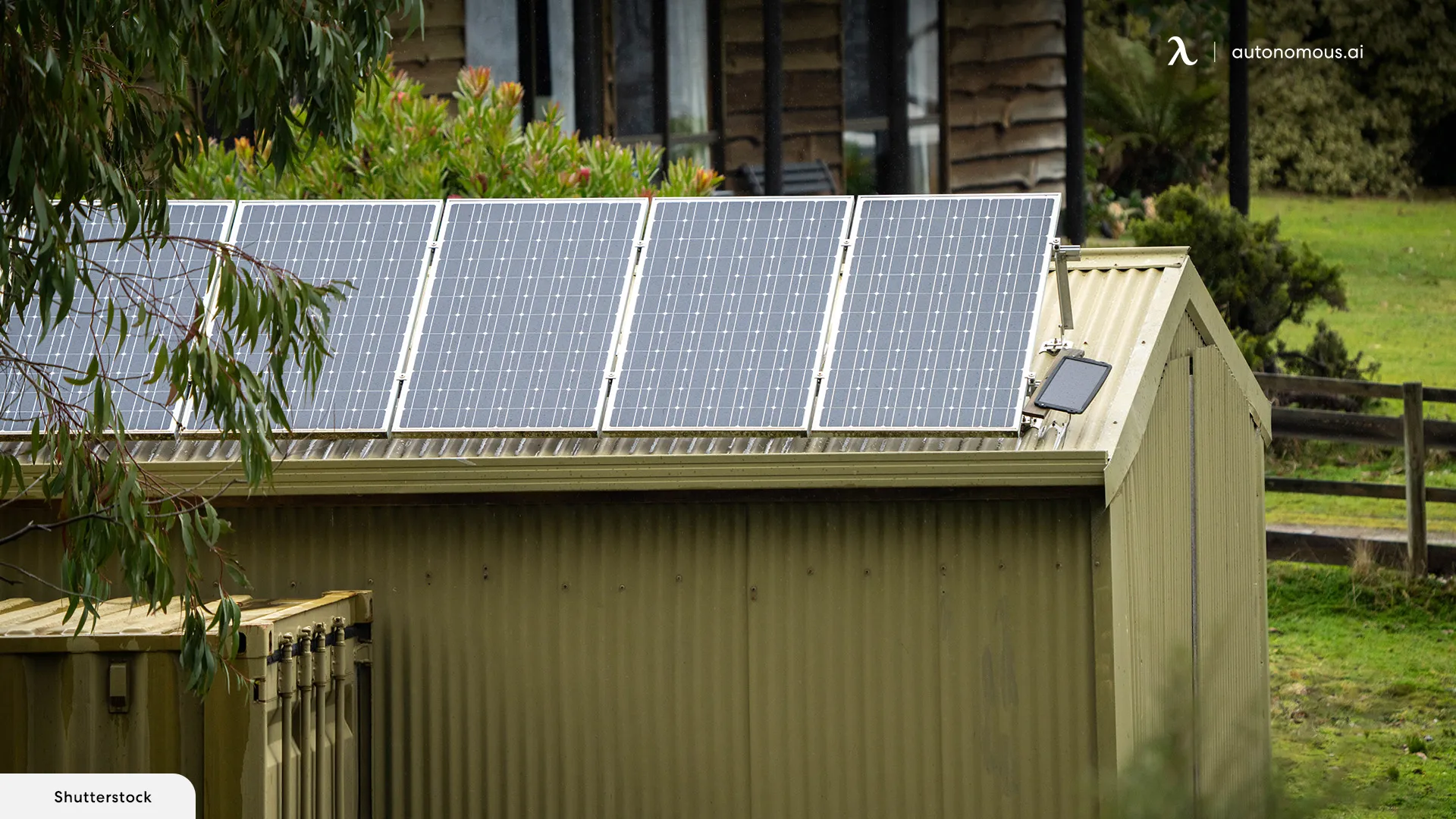
FAQ
1. What are the California solar requirements for new homes?
In line with California's commitment to sustainable living, new homes in the state are required to adhere to specific solar standards. This initiative aims to integrate renewable energy sources, contributing to a greener and more energy-efficient future.
2. How does California solar requirement impact new construction?
California's solar mandate for new construction extends beyond traditional homes. Whether it's the sleek lines of prefab homes or the innovative designs of container homes in California, the requirement ensures that every new dwelling embraces solar technology, fostering a harmonious blend of modern living and eco-conscious practices. California solar requirement for new construction is pretty lax so there is nothing that you have to worry about.
3. Are prefab homes in California subject to solar requirements?
Absolutely. Prefab homes in California, with their efficient construction methods, are an integral part of the state's housing landscape. Embracing solar requirements, these homes not only showcase contemporary design but also contribute to the state's renewable energy goals.
4. How about container homes in California? Are they exempt from solar mandates?
No exemptions here. A container home in California, known for its uniqueness and adaptability, must align with California's solar mandates. The challenge lies in creatively integrating solar solutions into these structures, showcasing the state's commitment to innovation and sustainability.
Conclusion
Whether you're contemplating the simplicity of prefab homes in California, the uniqueness of container dwellings, or the versatility of prefab ADU in California, California's solar requirements are the common thread weaving through the state's commitment to sustainable living. As new homes rise, embracing solar technology in their construction, California stands as a beacon for the nation, illuminating the path towards a future where every home is a testament to eco-conscious living.
Stay connected with us!
Subscribe to our weekly updates to stay in the loop about our latest innovations and community news!
Interested in a Link Placement?
Spread the word
.svg)
.svg)


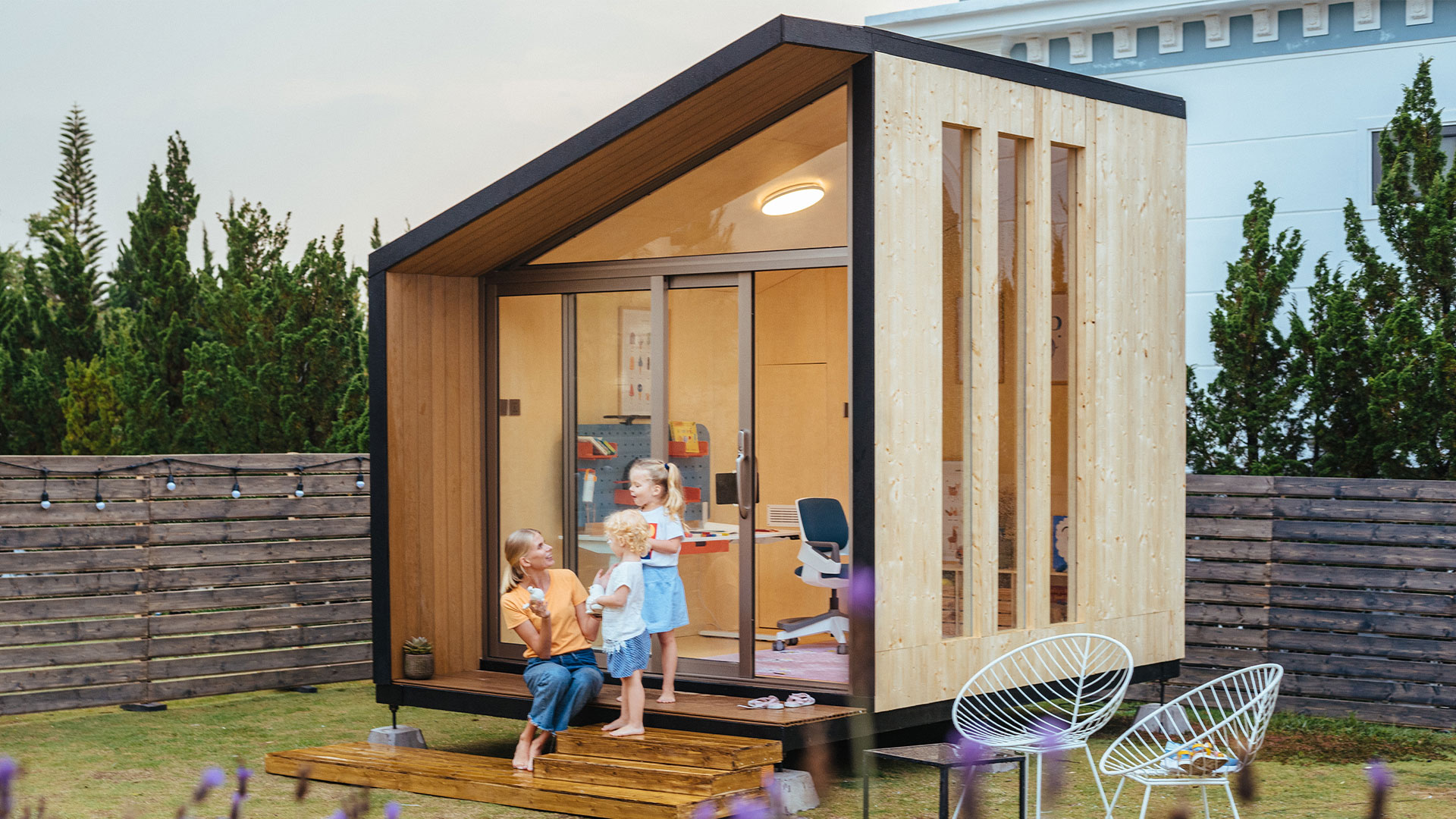

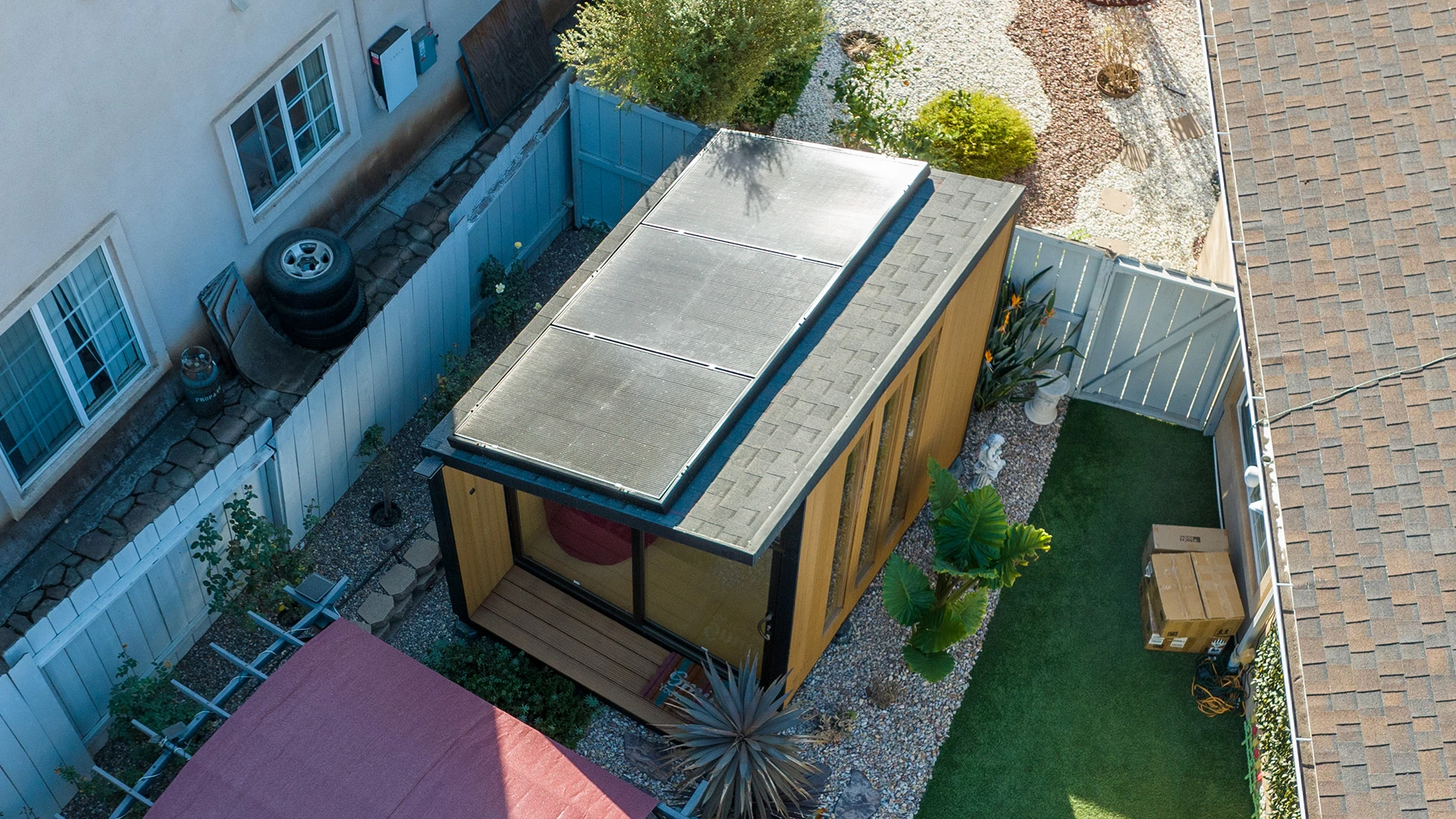

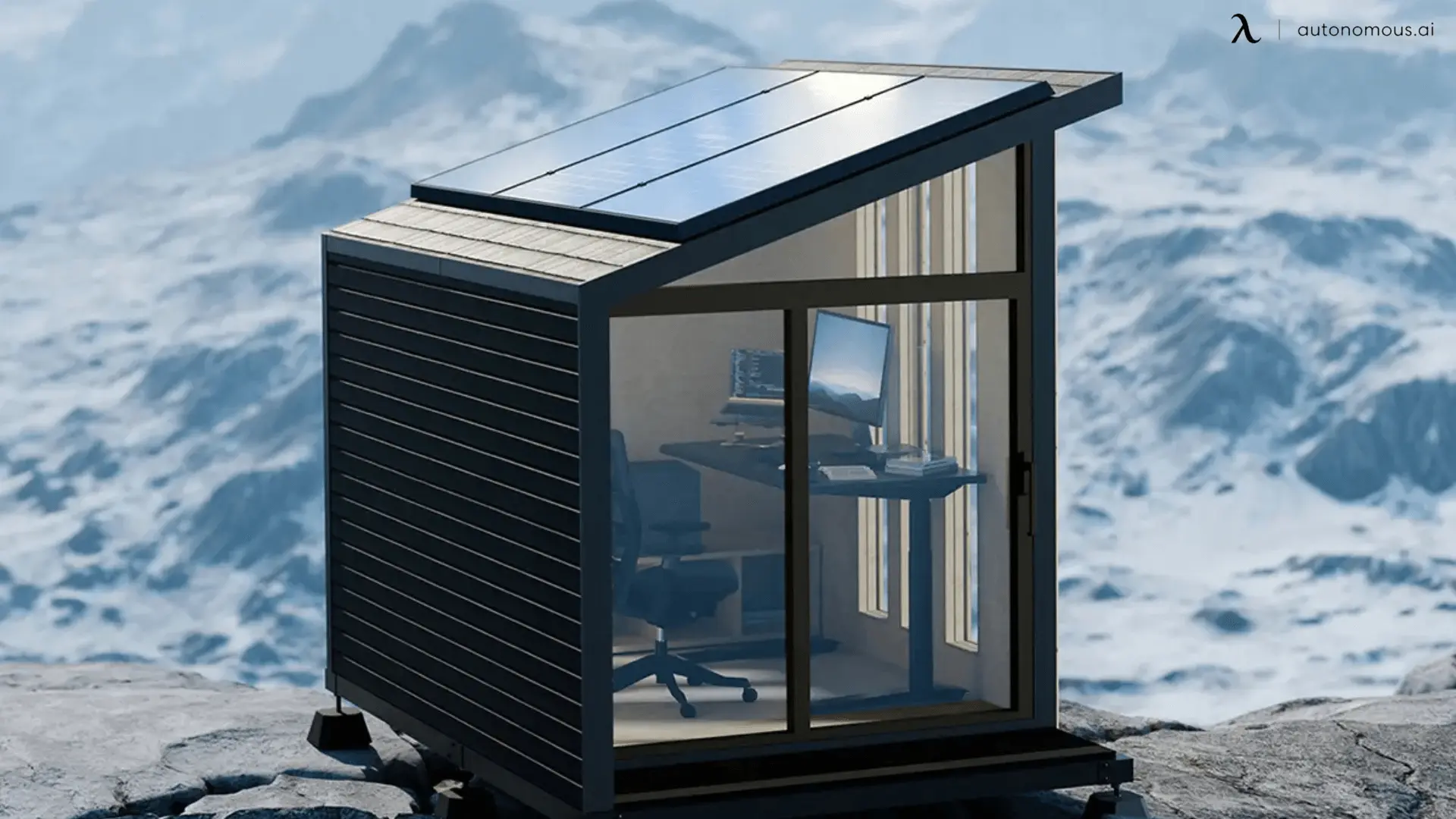
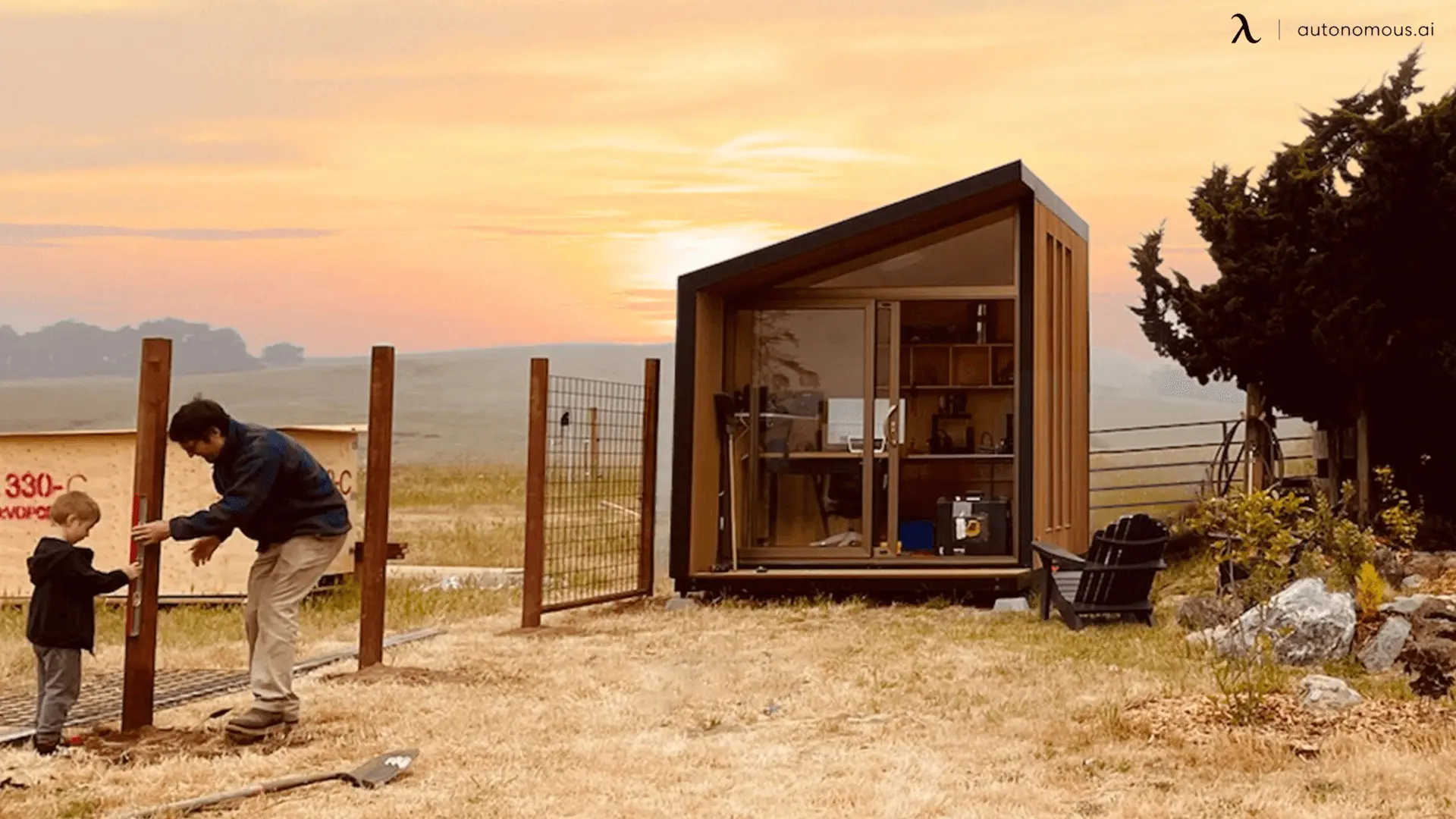


/https://storage.googleapis.com/s3-autonomous-upgrade-3/production/ecm/230914/bulk-order-sep-2023-720x1200-CTA-min.jpg)

/https://storage.googleapis.com/s3-autonomous-upgrade-3/production/ecm/230824/image_78sctd8d_1692158325567_raw-80639991-bedf-4e11-a77c-1c8e0a351b40.jpg)